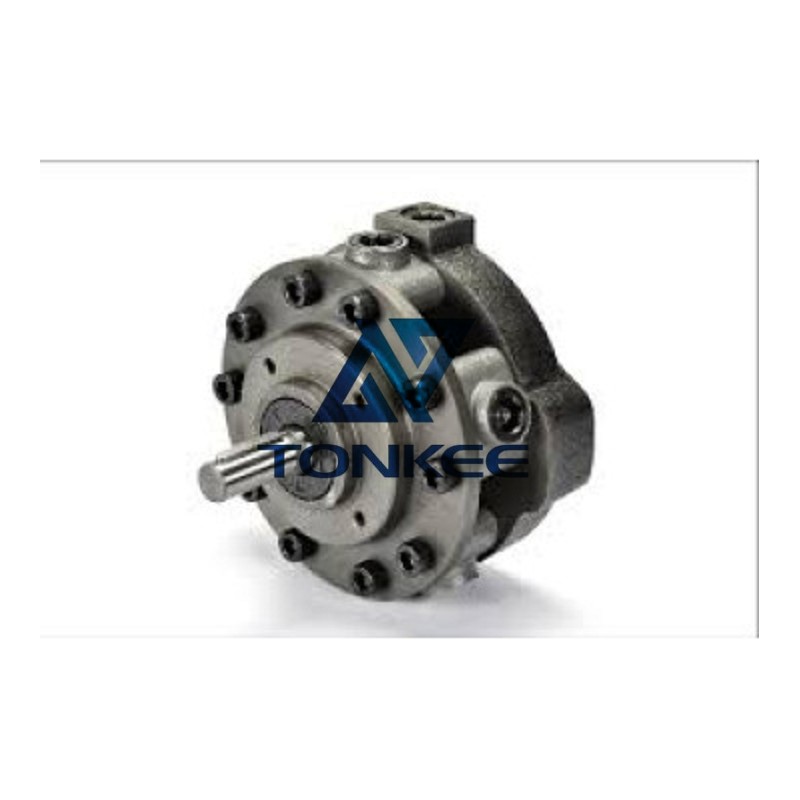
The 1R5 Polyhydron Radial Piston Pump is a fixed displacement pump, meaning that it delivers a constant volume of fluid per revolution.
It operates based on the radial piston principle, where multiple pistons are arranged in a radial pattern around a drive shaft. These pistons are actuated by the rotation of the drive shaft, creating the pumping action.
One of the notable features of the 1R5 Polyhydron Radial Piston Pump is its compact and lightweight design. This makes it suitable for applications where space is limited or weight constraints exist. Despite its small size, this pump offers high power density, making it capable of handling demanding hydraulic systems.
The 1R5 Polyhydron Radial Piston Pump has a maximum operating pressure of up to 350 bar (5075 psi). This high-pressure capability makes it suitable for applications that require substantial force or pressure, such as hydraulic presses, machine tools, and heavy-duty industrial machinery.
Furthermore, this pump offers a wide range of displacement options, allowing users to select the appropriate flow rate for their specific application requirements. The displacement range typically varies from 8 cc/rev to 46 cc/rev, providing flexibility in system design and optimization.
The pump is designed to work with various hydraulic fluids, including mineral oils, synthetic fluids, and biodegradable hydraulic fluids.
This compatibility ensures that the pump can be integrated into different hydraulic systems without concerns about fluid compatibility.
To ensure long-lasting and reliable operation, the 1R5 Polyhydron Radial Piston Pump incorporates several features for efficient cooling and filtration. It typically includes an integral pressure relief valve that protects the pump from excessive pressure and safeguards the system components. Additionally, the pump housing is designed to facilitate efficient heat dissipation, preventing the pump from overheating during continuous operation.
The 1R5 Polyhydron Radial Piston Pump is known for its low noise emissions, thanks to advanced design techniques and precise manufacturing tolerances. This makes it suitable for applications where noise reduction is a priority, such as in noise-sensitive environments or applications close to the operators.



 English
English Türkçe
Türkçe


